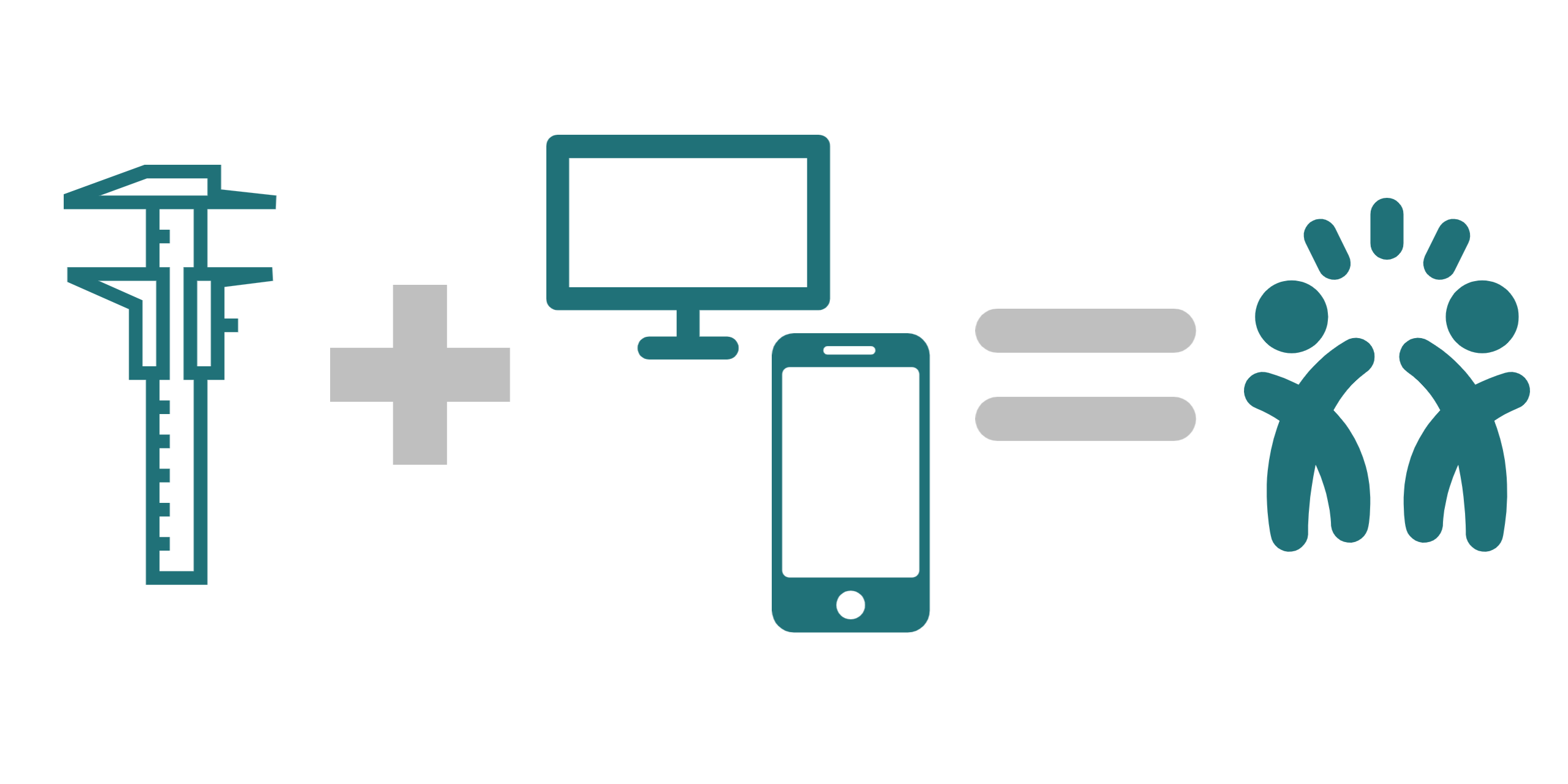
| Are you already a CoCoRaHS observer looking for some help? Be sure to check out our FAQs section! |
|
What is CoCoRaHS? CoCoRaHS stands for the Community Collaborative Rain, Hail, and Snow Network. It is a volunteer network made up of people just like you who report the precipitation that falls in their own backyard! Like the name implies, they report rain, hail, and snow! |
| Why is CoCoRaHS important? | |||
|
​​ ​Map of 1997 Fort Collins, CO flash flood. At point A, nearly 15 inches of rain fell. At point B, which is only about five miles away, less than 2 inches of rain fell. Five people were killed and millions of dollars in damage was done. ​(Click the images to enlarge) |
Can you think of a time when you got a lot of rain, but someone you know relatively close by barely got a drop? Or how about a time you received little snow, but a location a couple miles away received a lot more? This happens all the time as precipitation is highly variable and can vary a lot even over short distances!
CoCoRaHS was founded in 1998 in response to the July 27, 1997 Fort Collins, CO flash flood. The rainfall was localized primarily on the west side of the town which received nearly 15 inches of rain in just 30 minutes. But just five miles to the east, only light rain was observed. This flash flood event was not reported to the local NWS office, and five people were killed. This event highlighted the need for a high-density, high-quality precipitation network that can be used in real-time. Thus, CoCoRaHS was born! Over the years, observers all across the country have been helping meteorologists, researchers, educators, and more by submitting their precipitation reports. |
||
| How many CoCoRaHS observers does the Mid-South have? | ||
|
CoCoRaHS first came to Missouri in March 2006, Tennessee in April 2007, Mississippi in August 2008, and Arkansas in April 2009. Over the years we have welcomed hundreds of volunteer weather observers. |
||
| (Click image to enlarge) | ||
| How does the National Weather Service use CoCoRaHS data? | ||
|
CoCoRaHS precipitation map highlighting where the highest rainfall totals were on August 4, 2023 or the day of a flash flood event. (Click image to enlarge)
Daily precipitation reports help National Weather Service meteorologists with event analysis by being able to map out where the highest rain and snow totals fell across the area. We can also use CoCoRaHS data in real-time to aid in warning operations! When submitted, hail reports come to the NWS office immediately which can let forecasters know whether or not a thunderstorm is severe. Significant weather reports also come to the NWS office in real-time which gives vital information in whether or not heavy rain, flooding, or even heavy snow is occurring at the time.
|
||
|
A significant weather report issued by a CoCoRaHS station near Brentwood on January 15, 2024. This station received 5.6 inches of snow in a 24 hour period. (Click image to enlarge)
A hail report issued by a CoCoRaHS station near Green Hill. This station reported quarter size hail on December 9, 2023. (Click image to enlarge) |
|
|
| CoCoRaHS sounds like a fun way to help out my local NWS office! How do I get involved? | |
 |
|
| Becoming a CoCoRaHS observer is easy! All you need is an official CoCoRaHS 4" diameter manual gauge and an internet connection to submit your reports. Once you're ready, be sure to go to cocorahs.org to set up your account and station. |
| Is this something I have to do every day? | |
| Nope! While we recommend submitting a precipitation report every day (even those zeroes!) so that you can build a long and reliable record, as a volunteer, it's really up to you when and how often you want to report. | |
| What if I have more questions? | |
|
Please feel free to reach out with any CoCoRaHS questions NWS Memphis meteorologist and Mid-South CoCoRaHS Coordinator Desiree Meadows at desiree.meadows@noaa.gov. Visit this webpage for their contact information. |